2025.10.20
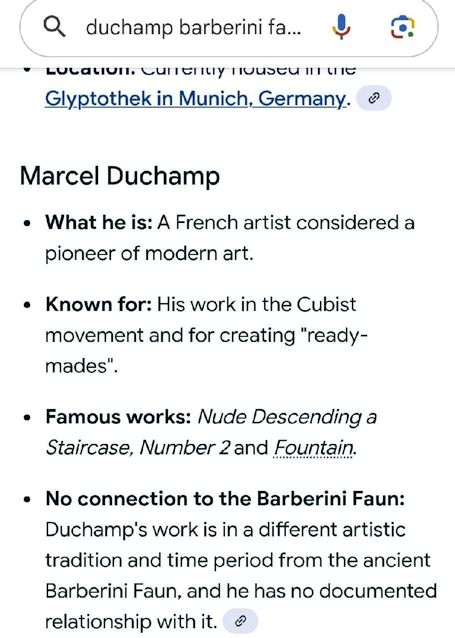 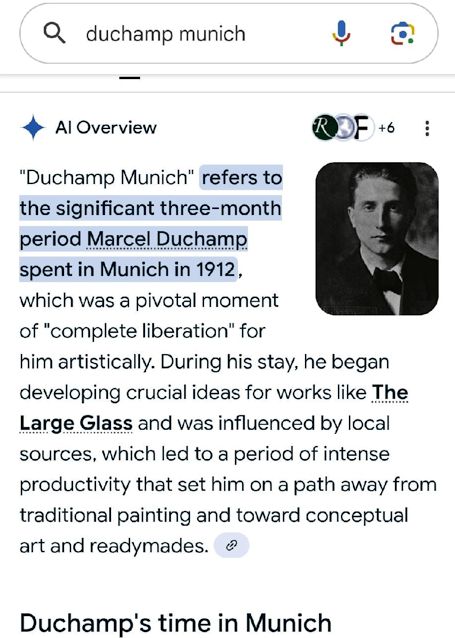 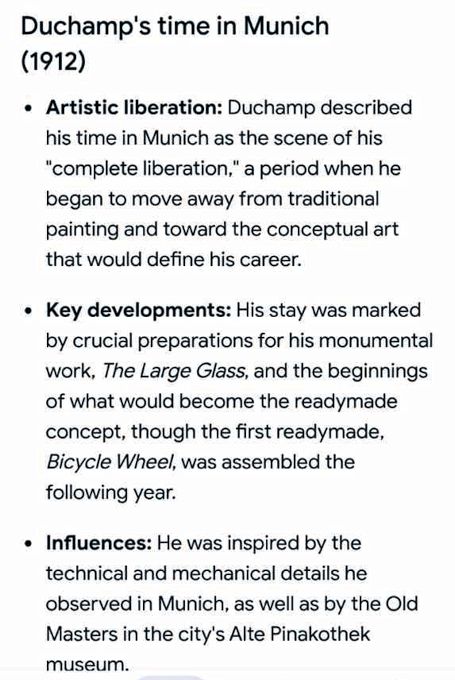 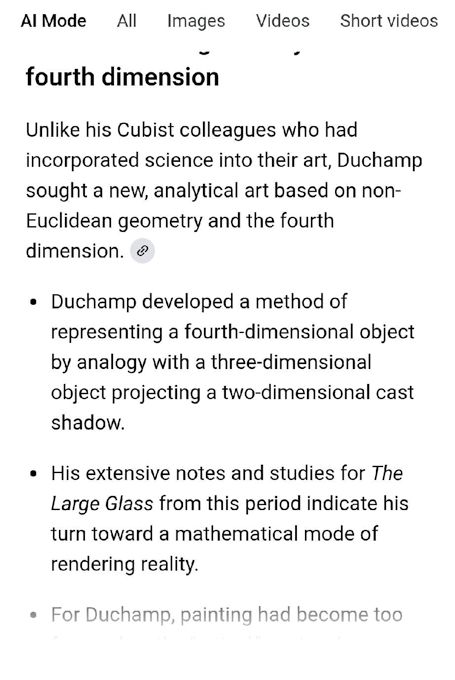 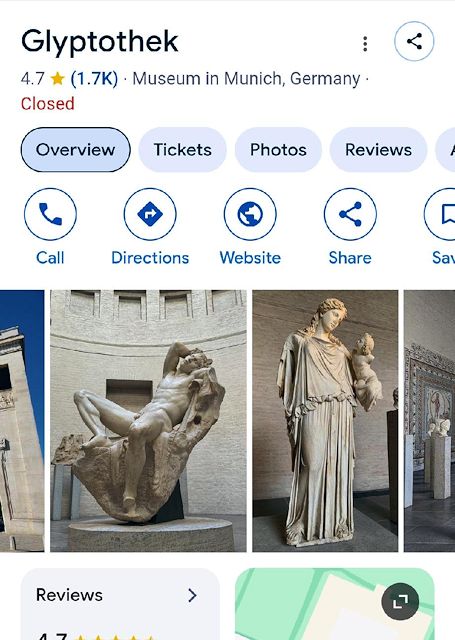 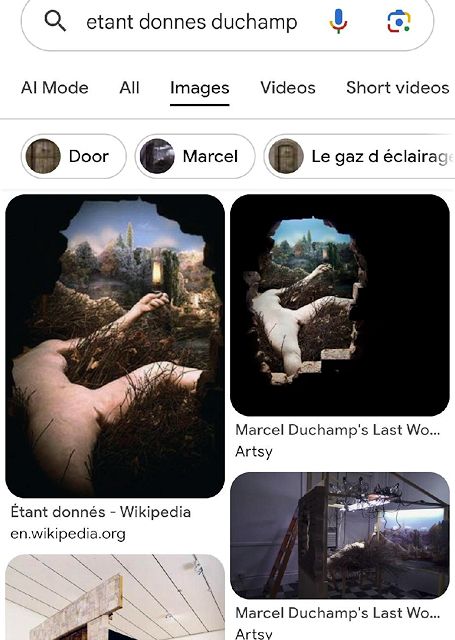
search results
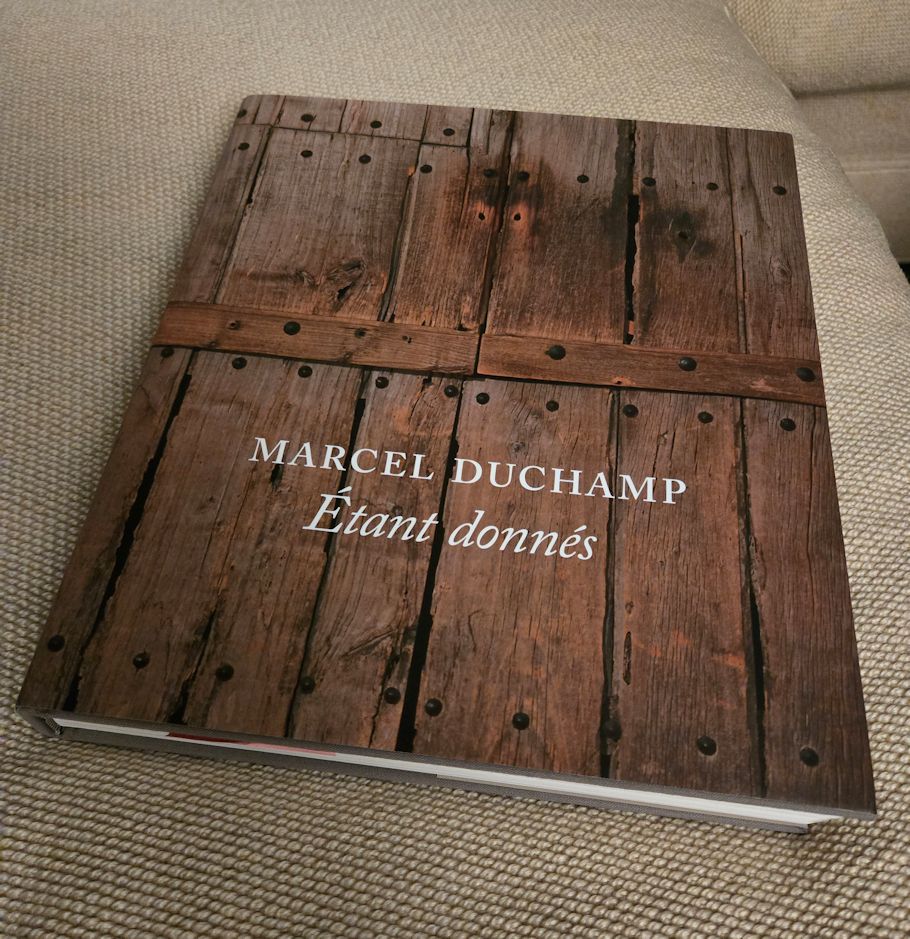
. . . plus, there's no mention of the Barberini Faun in this 2009 exhibition catalogue, either.
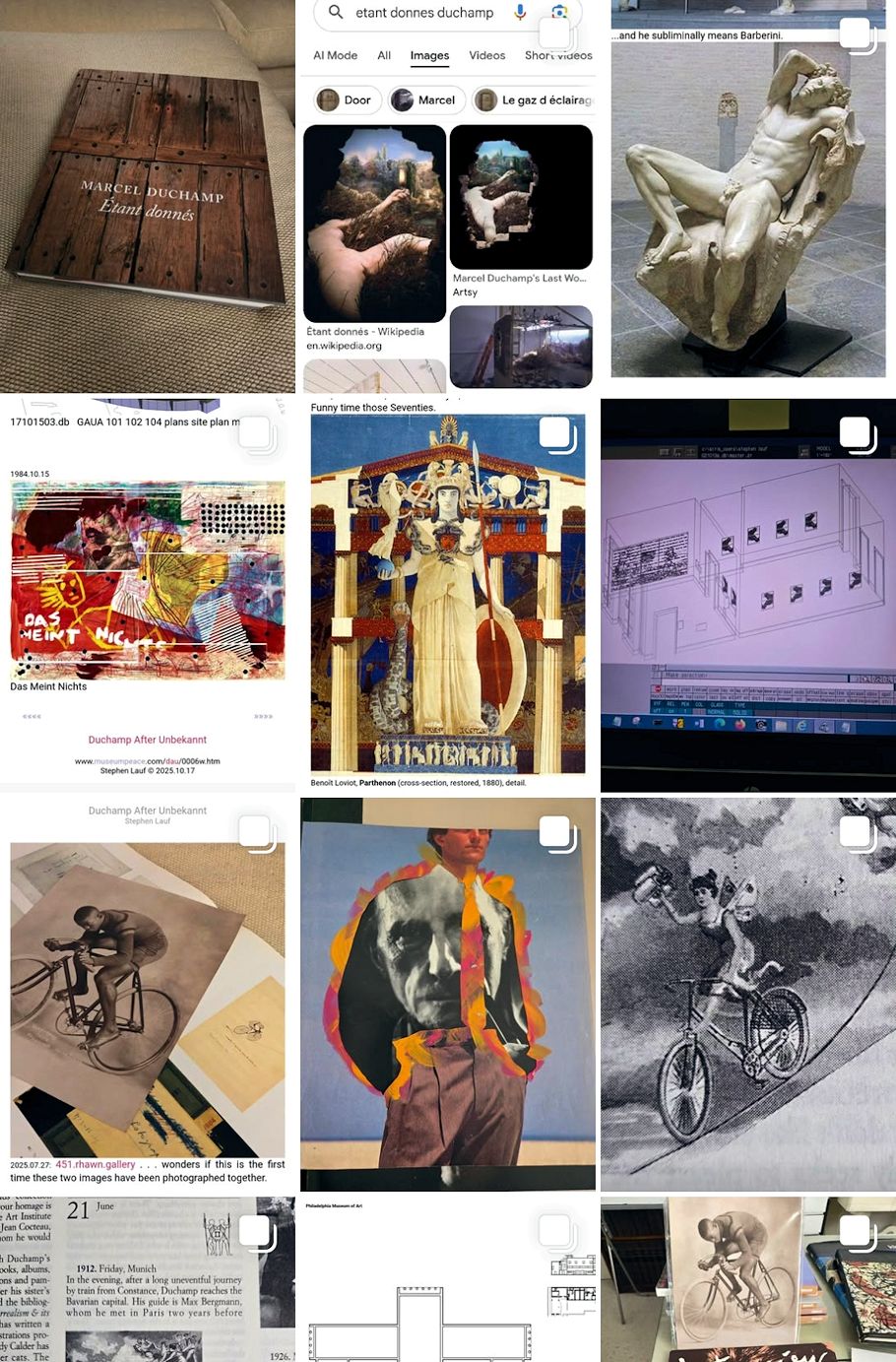
. . . at least I have something to be happy about . . . lol
2024.10.20
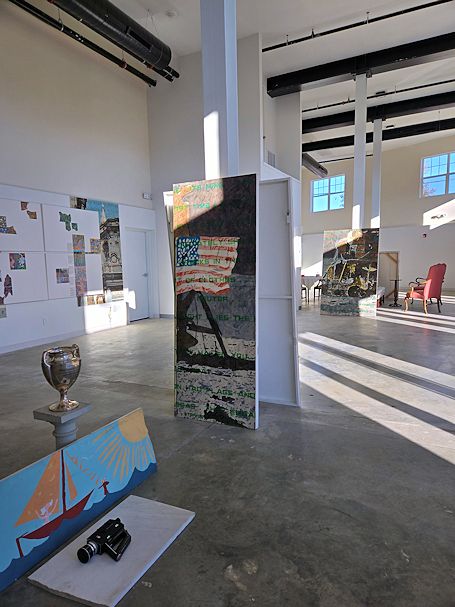 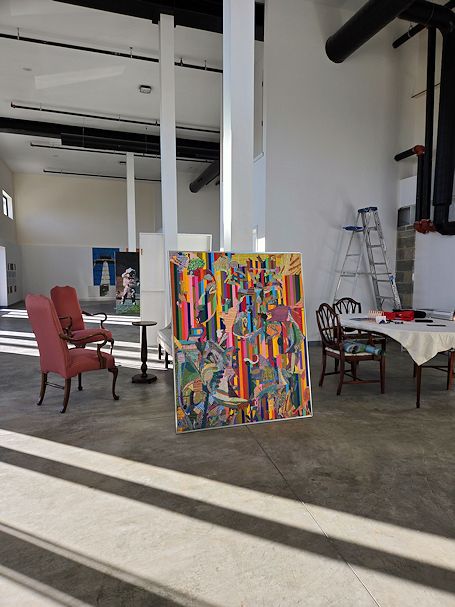
451 Rhawn Gallery
2009.10.20
Really, what boundaries have you pushed?
I've never personally been committed to a psych ward, but there was a time when I well knew all the steps to get someone committed, and have indeed succeeded in having someone committed many, many times. As a result, I have visited a variety of different psych wards on many, many occasions, and, hence, I have often visited that boundary between sanity and insanity. Of course, it is an unfortunate place, but, more to the point, it's never comfortable, and sometimes even down-right scary.
You don't play with the boundary there either. You don't push it, and you certainly don't try to blur it. You learn to keep it steady and clear, for the benefit of both parties.
2009.10.20
Really, what boundaries have you pushed?
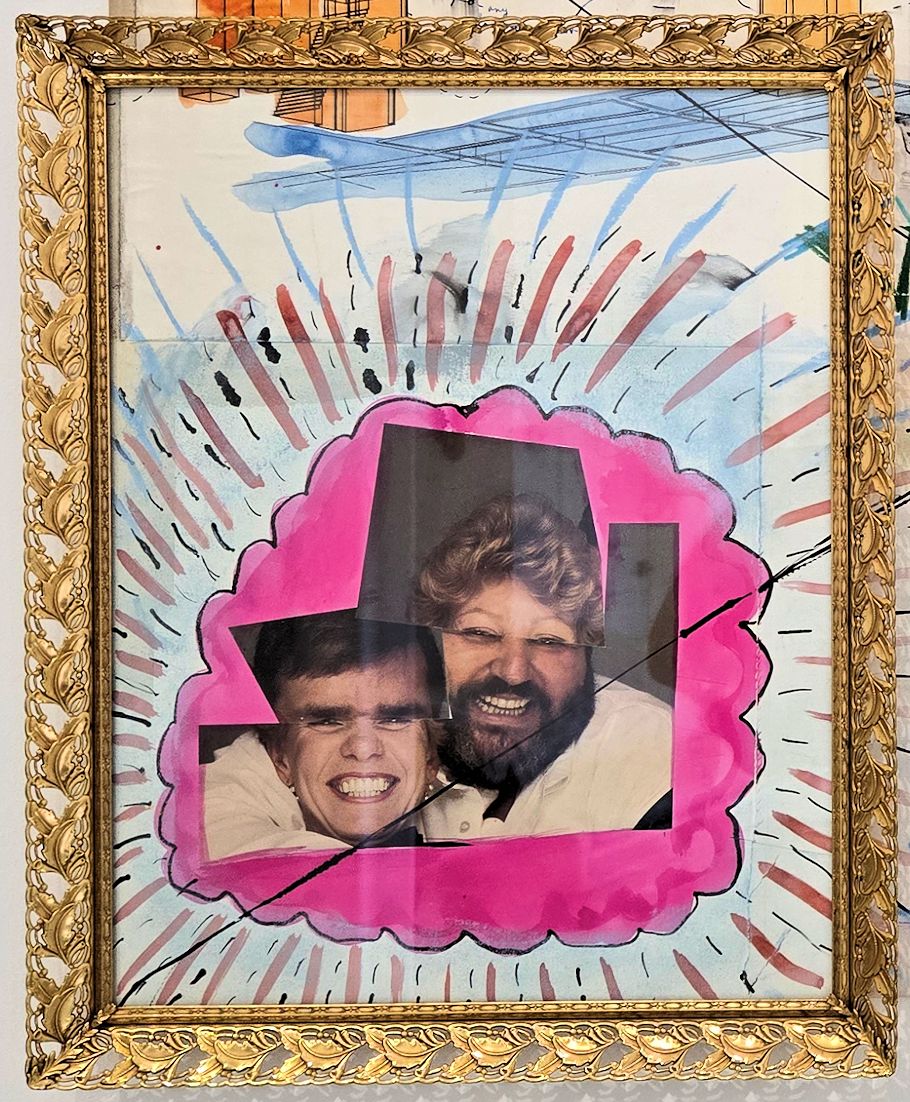
phantom opera buffs, 1985
2008.10.20
Architecture in Critical Condition, continued
After reading about Liszt, I read about Lister which was all about antiseptic operating procedure origins--interesting coincidence.
Another possibility for “Waiting Room” is to tackle the Working Title Museum.
Now, what is “Operation a Success; Patient Dead” going to be about? I have no idea right now. Is it a joke like the expression of the chapter title itself? Is it a paradox? How is architecture (today) a paradox? Does it have to do with really being metabolic? Being creative/destructive? That would certainly be a fine lead, and I’ll have to go over my metabolic material and maybe just formalize it all.
“Malpractice Case: Houses” is all about my zany domestic architecture designs and how they got to be that way.
“Eternal Wrest” will have to do with reenacting with a twist as a constant generator of originality.
2004.10.20
Re: Pop Life: Los Super Elegantes
Found this while doing The Odds of Ottopia research:
In the article "The Day Pop Art Died," Katherine Kuh maintains that on the opening day of the World's Fair, April 22, 1964, "Pop art died a natural and undramatic death, inadvertently eliminated by Robert Moses when he turned the New York World's Fair into a gigantic spectacle that out-pops all competition. Instead of interpreting the banality of our mass produced environment, the pop artist merely reproduces it. . . . At the Fair, the model so completely overwhelms the copy, as to make the latter obsolete... No one interested in Pop Art should hiss the hotdog stands... each topped by what resembles huge scoops of glistening whipped cream . . . or the eighty foot tire that the U.S. Rubber Company has turned into a ferris wheel."
Katherine Kuh has been a part of The Odds of Ottopia since 2004.03.22.
2004.10.20
Re: Pop Life: Los Super Elegantes
from: www.carolmoore.net/sfm/jdl.html
A tragic event that galvanized American Muslims and Arab Americans was the murderous attack on the Ismail al-Faruqi family last May. Dr. Ismail Raji al-Faruqi was a prominent Islamic scholar at Temple University. On May 27 a knife-wielding man broke into the Faruqi home in Cheltenham, Pennsylvania, and viciously attacked al-Faruqi, his wife, Lois, and their daughter, Anmar al-Zein. Al-Faruqi and his wife died from their wounds and the daughter survived, but required 200 stitches to close her wounds....
At about the same time, ADC published an eight-page "Special Report" on the murders, including a detailed account of the crime, its victims, and the current status of the investigation. Although nothing was missing from the house, some investigators working on the case believe the murders resulted from a bungled burglary attempt; however, the police lieutenant in charge of the investigation described the incident as an assassination, saying that "someone took it upon themselves" to kill al-Faruqi. In view of the rise of violent anti-Arab and anti-Muslim incidents in recent years, the report suggests that the murders could very well have been politically motivated. In addition, the report mentions al-Faruqi's status as a visible pro-Palestinian spokesman, notes the strength of the Philadelphia chapter of the Jewish Defense League (JDL), and cites an article about al-Faruqi's anti-Zionist positions in the Near East Report (the weekly newsletter of the America Israel Public Affairs Committee) as evidence that the professor was in the "zone of danger" described by the FBI earlier this year. The FBI, however, has not become directly involved in the case because it sees no evidence of a federal offense.
Related information from dawanet.com/history/amermuslimhist
His murder was predicated without name by the president of Jewish Defense League one week before his death in the Village Voice, New York by claiming that within a week an outspoken Palestinian professor will be eliminated.
2004.10.20
acceptable margin of error?
On 17 July 2004 Rita Novel reported, among other things, that...
Marie Antoinette is getting a real kick out of how Martha Stewart is reenacting her these days--so Hameau Tableau. She's also wondering if 6 October will again have some significance.
Maria Antoinette and the Royal family were forcibly removed from Versailles 6 October 1789.
Martha Stewart began her prison sentence 8 October 2004.
2001.10.20
Re: Beauty parlor
Beauty (parlor) is in the eye of the beholder.
There is a boot-leg beauty parlor just two doors down from me. From what I can gather this is the beauty parlor of choice for Northeast Philadelphia's turn-of-the-millennium Portuguese immigrant population. (Between the mid 1980s and the mid 1990s there were over a dozen Portuguese families living on my block, and now they've almost all moved on.) When the proprietress and her family first moved here in 1992, I noticed lots of work was being done in their basement, but I only guessed they were making some kind of den or family room down there. About a year later I was eating lunch in my kitchen, and I heard someone walk in my back door downstairs. I got up to look down the steps, and there was this older [Portuguese] woman very surprised to see me. Then she simply asked, "Fixa da hair?" That's when it was all revealed to me, so I escorted the woman down to my second neighbor's back door, and said, "Here, fixa da hair."
2000.10.20
evolution in architecture
Do not the effects of war perhaps have an even greater effect upon the extinction of architectural styles? For example, has not the US government's wars of 100 years ago upon the Native Americans rendered "native" American
architecture extinct? Additionally, did not European colonialism come very close to bringing many "native" architectures of the world to near extinction? One might even make a case that Western Europe and Japan would not be as architecturally modern as they now are were it not for the overall urban destruction of WWII.
There is also the reality that the ballooning world population has an enormous effect on how humanity reconfigures the planet. And today, doesn't the "creative destruction" of capitalism, ie, the underlying process of planned obsolescence permeating ALL consumer goods, including architecture, make for "styles" that are literally "here today and gone tomorrow?" [Is "corporeal" capitalism then THE "fittest" "style" because not only does it make money for humanity, but it also makes sure humanity spends the money it makes?]
Perhaps when it come to human activities like architecture and the subsequent creation and destruction of styles, it is not so much an evolutionary "survival of the fittest", rather simply an imaginative and concrete manifestation of the (human physiological) metabolic process.
OR
Might it just be true that the "whiter" humanity thinks, the more it manifests extinctions?
2000.10.20
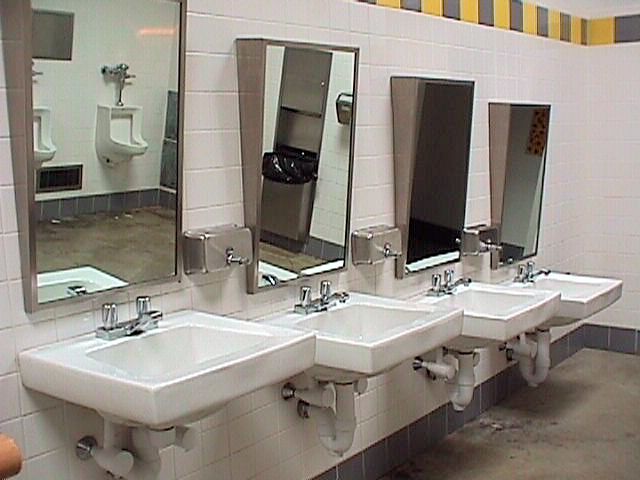 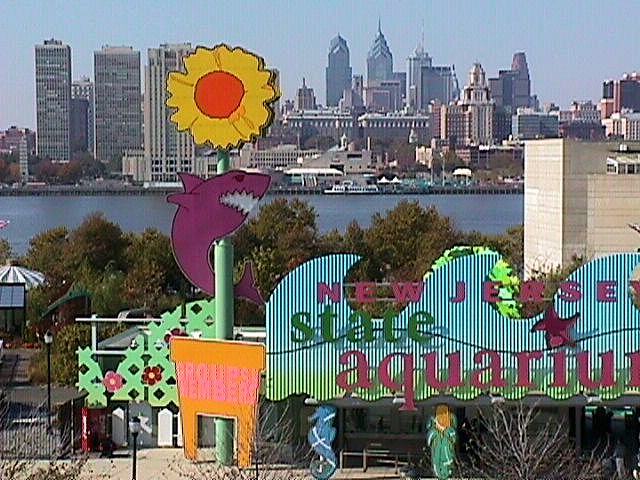
1999.10.20
ideas
...the museum as a communication machine.
1993.10.20

Untitled
1984.10.20
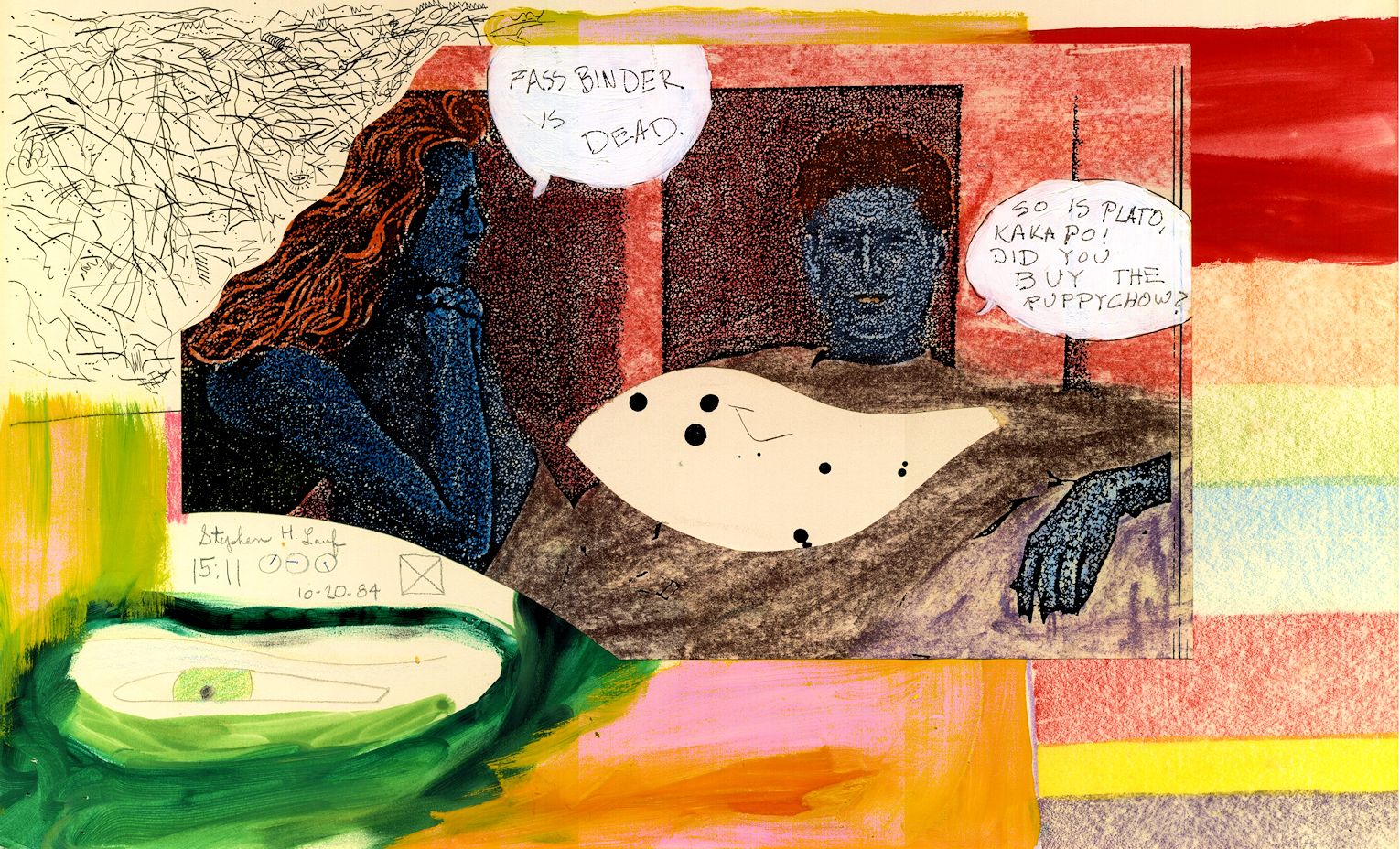
Fassbinder is dead of the unfinished manifesto
|